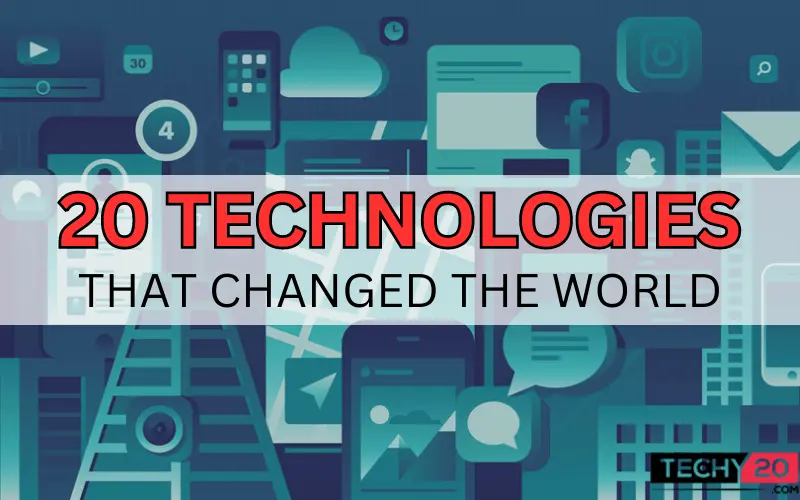People and life on Earth have been shaped by human ideas and technologies. Also, every generation develops its own set of innovative thinkers as aspirations and capabilities change. From the invention of the automobile to the progress of the Mars mission, most of these innovations have indeed been pretty innovative, even if they weren’t instantly obvious. Most scientific revolutions will not have a single maker. Rather, they were originally developed by a significant number of people, or many people participated in their development from basic concepts to considerable positives. The following is a list of the top 20 technologies that have transformed the world:
1. Wheel
This foundational technology not only made the journey easier, but it also functioned as the basis for a vast number of other technological innovations. However, the wheel is really not that old. Around 3500 B.C., Mesopotamia is home to the oldest known wheel. Humans had already begun to cast metal alloys, build canal systems and sailing boats, and even create complex musical instruments like the harmonica by that time.

2. Compass
This modern invention might have been created for ritual purposes. Around 200 BC, the Chinese are said to have developed the first compasses. Some of the statues were created from lodestone, a naturally occurring form of the mineral magnetite. A summary of a magnetic material needle and how it is used by sailors appears in a European book that was written in 1190, implying that using a needle as a compass was likely widespread at the time.

3. Automobile
Even though the creation of the modern car is largely credited to German inventor Karl Benz, who innovated with his Benz Patent-Motorwagen automobile in 1886, the legacy of the automobile is truly a global phenomenon. The combustion engine, as well as the other systems that the car relies on, required the efforts of many people. There were dozens of spin-off industries, including oil and steel.
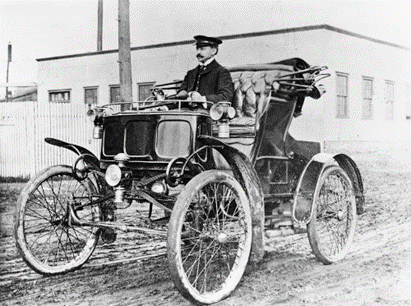
4. Steam Engine
Jerónimo de Ayanz, a Spanish mining administrator, is thought to be the first to develop a steam engine. He filed a patent for a device that helped propel water from mines using steam power. Steam power has become the source of energy for so many machines and vehicles, making massive production easier and cheaper. As a result, demand for raw materials to build more machines able to produce even more commodities increased.
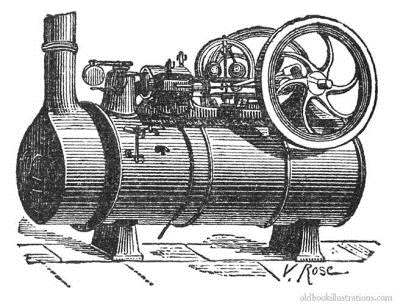
5. Railways
Railways can comfortably transport thousands of passengers while also towing heavy loads over vast distances. While waggons have been transported on tracks, or rails, since the sixteenth century, modern train travel is only a little more than 200 years old. Richard Trevithick, a British engineer, built the very first standard working railway powered by steam in Great Britain in 1804. The engine was powered by high-pressure steam.

6. Airplane
Wilbur and Orville Wright accomplished the first powered, maintained, and controlled flight on December 17, 1903. While flying machines had already been imagined since Leonardo da Vinci’s time, and likely much earlier, it was the Wright Brothers, who achieved, controlled, powered flight, first. Thanks to the efforts of countless inventors over many centuries.

7. Bulb
The light bulb revolutionized our world by expelling our reliance on natural light and allowing us to work at any time of day or night. Several inventors contributed to the creation of this technological breakthrough in the 1800s; Thomas Edison is recognized as the principal inventor because, in 1879, he created a fully functional lighting system that included a generator, wiring, and a carbon-filament bulb similar to the one shown above.
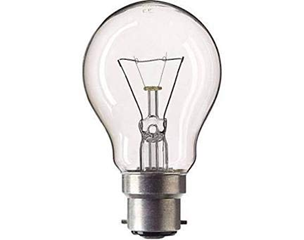
8. Artificial Intelligence
Artificial intelligence (AI) is the representation of human intelligence processes by machines that have been programmed to think and act like humans. The term also refers to any device that exhibits human-like characteristics like learning and problem-solving. AI is constantly improving to benefit a broad variety of industries.

9. Printing Press
The printing press helped information fly around the world even before the Internet’s ability to spread information. Johannes Gutenberg, a German goldsmith, is credited with inventing the printing press in 1436, but he’s far from the first one to automate the book-printing process. By 1500, Gutenberg presses had been distributed across Western Europe, trying to produce 20 million items ranging from single pages to pamphlets and books.
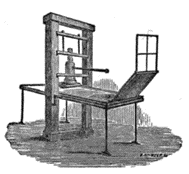
10. The X- Ray
X-rays are a natural phenomenon that cannot be created. However, they were discovered by chance. In 1895, the unseen became visible. The X-ray is without a doubt among the most important advancements in medicine. All credit belongs to Wilhelm Conrad Röntgen, a physicist. He noticed a glow emerging from the surrounding chemically coated screen while testing if cathode rays could pass through glass. He named the rays X-rays because of their unknown nature.

11. Television
Many people contributed to the creation of television. Although TV is an important part of our daily lives, it grew rapidly during the 20th century as a result of the efforts of many people. The Nipkow disc was used by Scottish inventor John Logie Baird to create a prototype video system in the 1920s. On March 25, 1925, Baird revealed live TV images in motion for the first time.
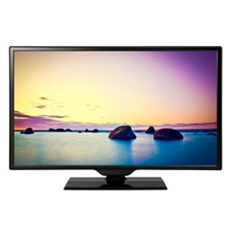
12. The Camera
In 1826, Joseph Nicéphore Niépce took the first permanent photograph with a sliding wooden crate camera built by Charles and Vincent Chevalier. Digital cameras were introduced with technological advances to save images on storage devices rather than film. With a better quality and better handling digital camera, you can record the great moments in life in the form of photographs.

13. Internet
The Internet, unlike light bulbs or the telephone, has no single “creator.” It has instead changed over the years. It started in the 1950s in the United States, coinciding with the development of computer technology. The ARPANET became the first working model of the Internet in the late 1960s. On January 1, 1983, ARPANET accepted the TCP/IP protocols, and researchers began to put together the “network of networks” that would eventually become the modern Internet.

14. ATM
The ATM is a vital element of modern banking. As per the ATM Industry Association, over 2.2 million ATM machines have been installed around the world. Customers can use an ATM to make all sorts of transactions, as well as cash withdrawals, verify balances, and credit their mobile phones. Many experts believe Luther Simjian’s invention, the Bankograph, was the first ATM.
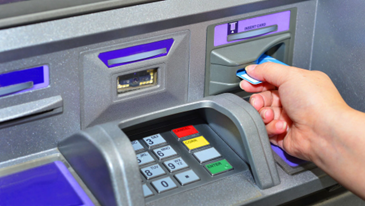
15. Robots
Complex, repeated, and even sometimes risky activities are completed by robotic devices. The word “robot” conjures up everything from a food preparation gadget to the Rover. George C. Devol, who created and invented a design and simulation called “Unimate,” from “Universal Automation,” laid the groundwork for advanced robots in the 1950s.

16. Refrigerator
Refrigeration has provided us with ways to maintain meals, meds, and other perishable products for the past century. People used to cool their own meals with snow and ice before it was invented. The first practical refrigeration system was made by James Harrison. The very first commonly used fridge was the General Electric “Monitor-Top” refrigerator, which was introduced in 1927. While it initially aided in the acceleration of industrial processes, it later evolved into an industry.
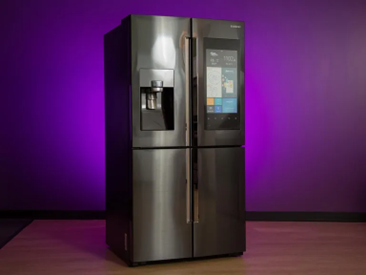
17. Transistors
Transistors have since become a crucial component of circuitry in a wide range of electronic devices, including television sets, mobile phones, and computers, and have had a significant impact on technology. In almost every modern electronic device, the transistor is an essential component. The first practical transistor device was developed at Bell Laboratories in 1947 by John Bardeen, Walter Brattain, and William Shockley. The Nobel Prize for Physics was given to the trio in 1956 for their invention.

18. Morse Code and Telegraph Machine
The telegraph, invented by Samuel Morse and other innovators between 1830 and 1840, fundamentally changed long-distance communication. Furthermore, Samuel Morse developed the Morse code for the simple exchange of signals over telegraphs. The script designated a set of dots and dashes for the English alphabet and figures based on their frequency of use.
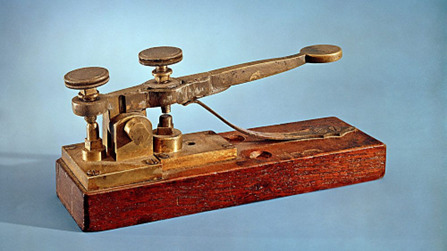
19. Block Chain
A “block chain” is a decentralized digital ledger that keeps records in a peer-to-peer network and is resistant to fraud. Activities are permanently recorded with the help of “blocks,” which are “chained” together from the first to the last. Smart investment management could have an impact on the construction industry because a single distributed ledger offers enhanced effectiveness and safety for the huge number of assets and stakeholders involved.
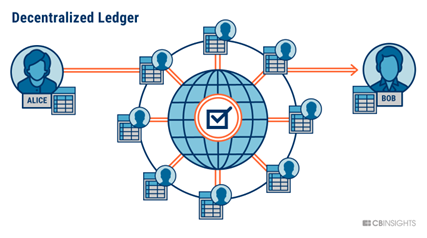
20. Fusion Reactors
When a mixture is heated adequately to differentiate into positive ions and electrons, fusion occurs. When the ions become sufficiently heated, they are capable of overcoming their consensual repugnance and striking, fusing together. Fusion power has the potential to disrupt primary electricity production and transmission models.
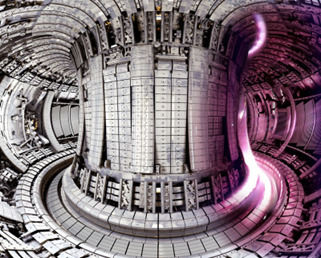
So what do you think about which technologies have impacted the world most? Do let us know in the comments.

